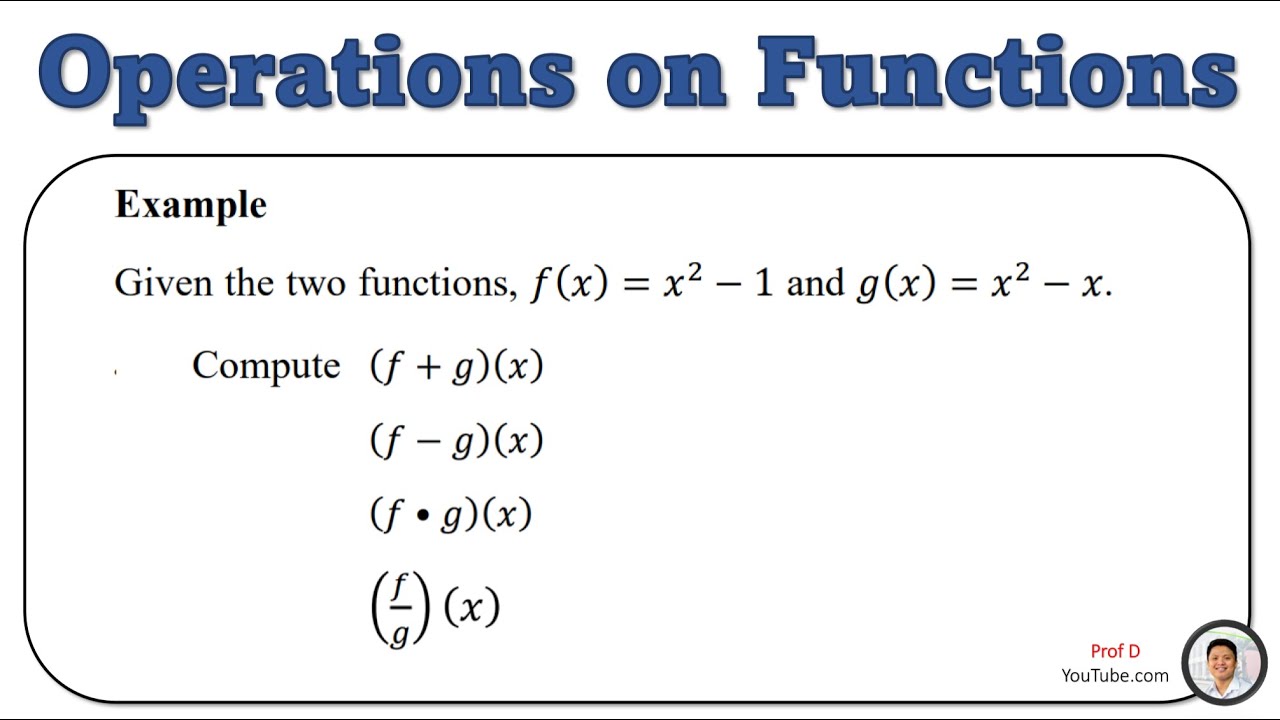pelajaran kelas 1 sd - penjumlahan matematika
Summary
TLDRThis educational video teaches first-grade students the basics of addition using the column method (penjumlahan bersusun pendek). The instructor explains how to align digits in their proper columns—ones with ones, tens with tens—and adds numbers starting from the rightmost column. The video provides several examples of simple addition problems, demonstrating the carry-over process when sums exceed 9. Through clear, step-by-step explanations, students are guided to understand how to perform these operations efficiently. This approach helps build foundational math skills for young learners.
Takeaways
- 😀 The script focuses on teaching basic addition for first-grade students.
- 😀 It introduces the concept of 'short column addition' (penjumlahan bersusun pendek).
- 😀 The script emphasizes aligning the digits properly: tens and ones columns should be lined up correctly.
- 😀 The importance of writing digits in the correct order, especially not mixing them across columns, is highlighted.
- 😀 The process for solving problems is shown step by step, starting from the right (ones column).
- 😀 When adding two digits, the result is written below and any carry-over is moved to the next column.
- 😀 The script provides examples, such as 14 + 3, 14 + 5, and 24 + 7, showing how to solve these simple addition problems.
- 😀 Carrying over is demonstrated through problems like 4 + 7 = 11, where 1 is written below and 1 is carried over to the next column.
- 😀 It also demonstrates how to add numbers when there is no carry-over, like 14 + 12 resulting in 26.
- 😀 The script uses simple, clear language and practical examples to help young students understand basic addition.
Q & A
What is the main topic of the lesson in the video?
-The main topic is short-column addition (penjumlahan bersusun pendek) for 1st-grade students in mathematics.
How are numbers aligned in short-column addition?
-In short-column addition, numbers are aligned by place value, with the tens and ones columns stacked vertically.
What is the first step when performing short-column addition?
-The first step is to add the digits in the ones column, starting from the right-most side.
How should numbers in the ones column be written during addition?
-The numbers in the ones column should be written directly beneath the corresponding ones digits from both numbers, ensuring proper alignment.
What happens if the sum of the ones column exceeds 9?
-If the sum of the ones column exceeds 9, the unit digit is written in the ones column, and the tens digit is carried over to the tens column.
In the example 14 + 3, what is the final result?
-The final result is 17, with the sum of the ones column being 7 and no carry-over.
In the example 24 + 7, why is there a carry-over?
-There is a carry-over because the sum of the ones column (4 + 7 = 11) exceeds 9, so 1 is written in the ones column, and 1 is carried over to the tens column.
What is the purpose of carrying over during short-column addition?
-Carrying over ensures that any value above 9 in a given column is properly added to the next column, preserving the accuracy of the sum.
What is the final result of 24 + 46?
-The final result is 70. In this case, the ones column sum is 10, which results in 0 being written in the ones column and 1 being carried over to the tens column, giving a total of 7 in the tens column.
Why is it important to align numbers correctly in short-column addition?
-It is important to align the numbers correctly by place value to ensure accurate addition, as the value of each digit depends on its position (ones, tens, etc.).
Outlines

This section is available to paid users only. Please upgrade to access this part.
Upgrade NowMindmap

This section is available to paid users only. Please upgrade to access this part.
Upgrade NowKeywords

This section is available to paid users only. Please upgrade to access this part.
Upgrade NowHighlights

This section is available to paid users only. Please upgrade to access this part.
Upgrade NowTranscripts

This section is available to paid users only. Please upgrade to access this part.
Upgrade NowBrowse More Related Video

Grade 11 | Operations on Functions | General Mathematics

(#2) Pencarian Data dengan Fungsi REFERENCE (MATCH, INDEX, CHOOSE) Analisis Data Informatika Kelas 8

SISTEMA DE EQUAÇÕES do 1º grau Método da ADIÇÃO | Matemática Básica \Prof. Gis/

ARITMATIKA SOSIAL : MATEMATIKA KELAS 7 SMP

Pembelajaran Berdiferensiasi pada MaPel Matematika Materi Perkalian Fase A Kelas II

FISIKA KELAS X : VEKTOR (PART 1)
5.0 / 5 (0 votes)